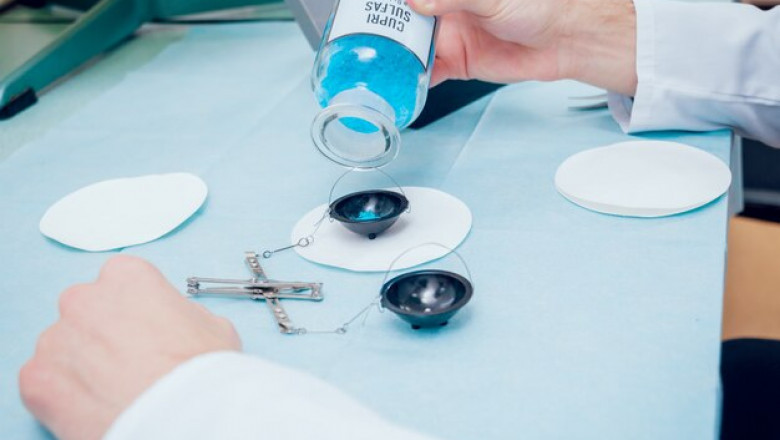views
Applications and Importance of Medical Device Coatings
Medical device coatings play a vital role in enhancing the functionality and performance of various implantable and non-implantable medical devices. Coatings are commonly applied to improve biocompatibility, prevent corrosion, optimize lubrication and wear resistance, and enable other critical surface properties. Some key applications of coatings in the medical device industry include:
- Implants: Coatings are extensively used on orthopedic and dental implants to improve osseointegration with bone tissue. Calcium phosphate, hydroxyapatite and titanium nitride Medical Device Coatings enhance bonding between implants and bone. Lubricious coatings aid in surgical insertion and long-term performance of implants.
- Catheters and Guidewires: Antithrombogenic and hydrophilic coatings help facilitate smooth insertion and maneuverability of catheters and guidewires during medical procedures. Lubricity reduces friction within blood vessels.
- Surgical Instruments: Non-stick, anti-fog and antimicrobial coatings aid surgeons by preventing adhesion of tissues on instruments, maintaining clear visibility and reducing risk of infections.
- Contact Lenses: Coatings enable oxygen permeability and extend comfortable wear time of contact lenses by preventing protein deposition on their surfaces.
- Pacemakers and Implantable Devices: Biocompatible coatings protect implanted components from tissue adhesion and corrosion, allowing for long functional life inside the body.
Common Coating Materials and Processes
Material selection and coating application methods directly influence the performance characteristics of medical devices. Some prevalent materials and processes used are:
- Hydroxyapatite (HA): Derived from natural bone mineral, HA coatings enhance osseointegration of implants through chemical bonding with bone. Thermal spray, sol-gel and electrochemical deposition techniques are used for HA coatings.
- Calcium phosphate: Ceramic coatings containing calcium phosphate compounds like tricalcium phosphate or octacalcium phosphate aid in stronger fixation of implants to bone through chemical fixation. Plasma spraying is a common method.
- Titanium and its alloys: Due to excellent biocompatibility and strength, Ti and Ti-6Al-4V form the basis for many implants and devices. Techniques like thermal spray coating deposit materials like HA over titanium substrates.
- Parylene: Electrically insulating parylene coatings protect devices from moisture ingress and cell/tissue adhesion through a vapor deposition polymerization process. Multiple parylene coatings can impart tailored properties.
- Hydrophilic coatings: materials like polyvinylpyrrolidone (PVP) and hyaluronic acid enable lubricious coatings for devices through dip coating or deposition.
- Diamond-Like Carbon (DLC): Amorphous carbon coating enhances surfaces with hardness, low friction and high wear resistance through physical vapor deposition (PVD).
Ensuring Quality, Biocompatibility and Regulations
Stringent quality control and testing protocols are vital to ensure that coatings and coated medical devices are biocompatible, sterile and perform as intended. Key aspects include:
- Cytotoxicity and cell proliferation testing to confirm no toxic response from coating degradation products.
- Adhesion/delamination testing under mechanical and environmental stress conditions.
- Wear and friction analysis to verify long-term durability.
- Implantation studies in animal models to study bone response, tissue reactions over time.
- Surface characterization through techniques like SEM, EDAX, contact angle goniometry.
- Sterilization validation and establishing shelf life through accelerated aging studies.
- Regulatory compliance with ISO 10993 standards and FDA/CE regulations specific to indications, coating materials and processes employed.
Proper coating design supported by rigorous evaluation helps yield medical devices that can stand the test of time inside the human body, with low risk of complications or failure. The field will continue advancing coatings for ever more specialized applications.
For More Insights Discover the Report In language that Resonates with you
About Author:
Vaagisha brings over three years of expertise as a content editor in the market research domain. Originally a creative writer, she discovered her passion for editing, combining her flair for writing with a meticulous eye for detail. Her ability to craft and refine compelling content makes her an invaluable asset in delivering polished and engaging write-ups.
(LinkedIn: https://www.linkedin.com/in/vaagisha-singh-8080b91)






















Comments
0 comment